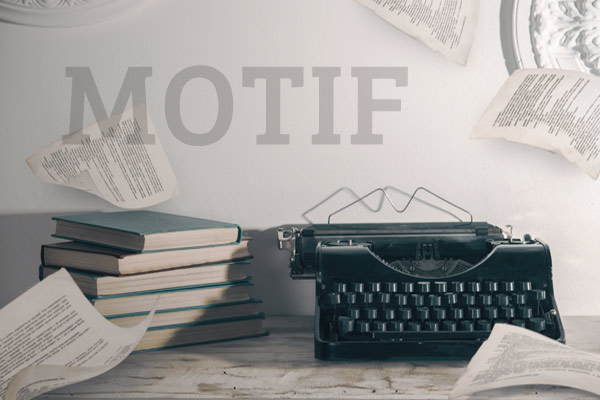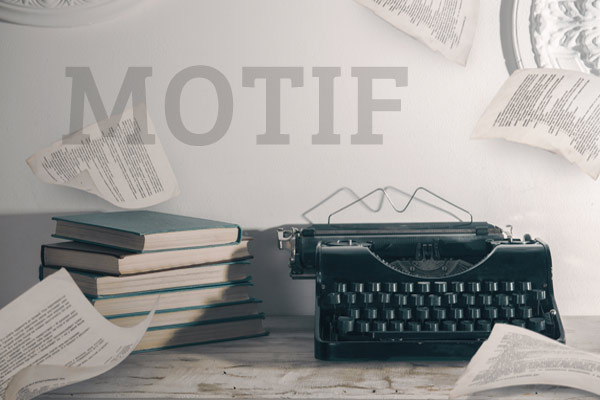
Find out how motifs enhance a story.
Today’s storytelling exercise is an excerpt from my book, Story Drills, which is packed with fiction-writing exercises designed to impart the basic techniques of storytelling. Today’s exercise is from chapter thirty-five. It’s called “Motif.” Enjoy!
Motif
A motif is a recurring idea, element, or symbol in a story. A story can have multiple motifs, and they can be just about anything, including an oft-repeated word, phrase, or gesture.
Motifs serve a variety of purposes. Repeating elements of a story’s setting can reinforce the tone, mood, or atmosphere. Repeating a character’s behavior establishes their personality. Repetition of broad concepts can support—or even form—a story’s theme.
The film Titanic is packed with motifs. Wealth is represented throughout the film with recurring images of expensive artwork, jewelry, and other finery. Oppression is another motif, which is represented with Rose being dominated by Cal, the third-class passengers trapped below deck as the ship sinks, and Jack barred from leaving the third-class accommodations to visit Rose in first class. This contrast in motifs (wealth and oppression) contributes to the film’s thematic statement, which deals with the choice between freedom and security.
Motif can often be summed up in a single word: liberty, blood, love, water, power, money, and fear are just a few examples of motifs that could appear in a story.
Concrete images are often used to form an abstract motif. Let’s say you want a motif of liberation in your story. You might include a bird flying free from a cage, a prisoner being released, and a hostage escaping captivity. While no single image is repeated, the concept or idea of liberation is echoed in each of these images.
Motifs don’t have to be deep, serious, or even meaningful. Any repetition can form a motif, even the recurring appearance of a caterpillar in a children’s story.
Study:
Choose a favorite book, movie, or television show. Make a list of all the motifs you can identify. Explain the meaning of each motif, and list the instances when it appeared in the story.
Practice:
Make a list of three motifs that could work together in a story. Choose one that is material (a rose), one that is intangible (dreams), and one that represents a big idea (freedom). Write a short summary of the story, explaining what it’s about and how these motifs would be presented throughout the story.
Questions:
Do all stories contain motifs? Can you think of any that don’t? Do you think motifs are important? Why or why not?
